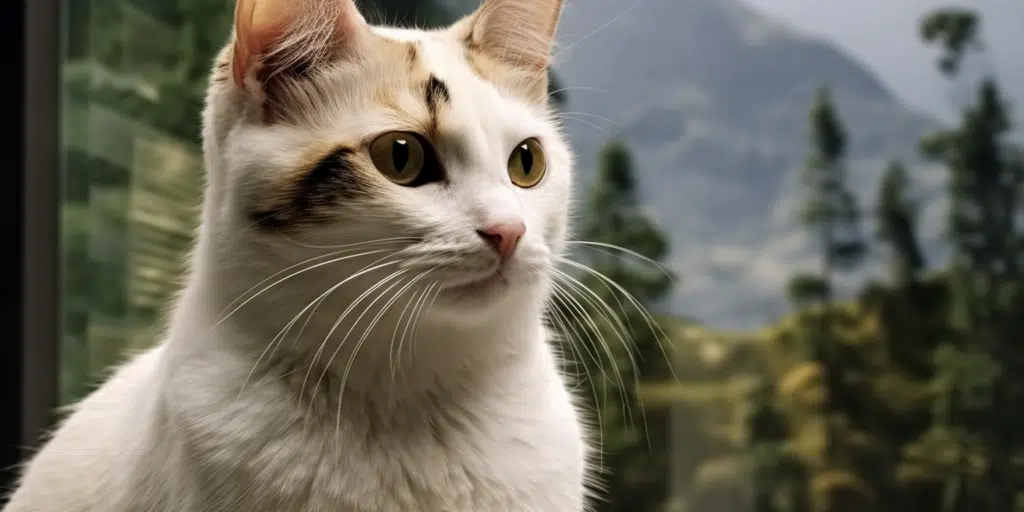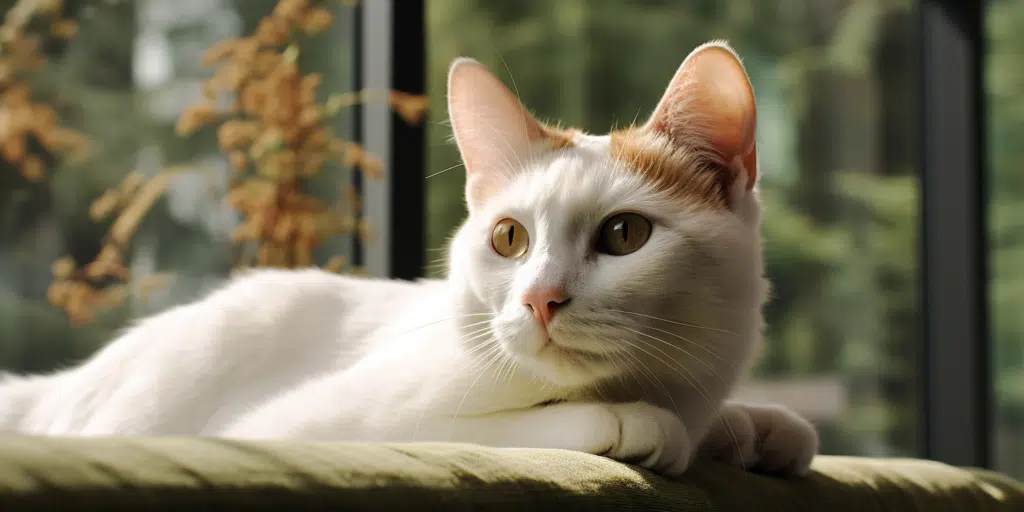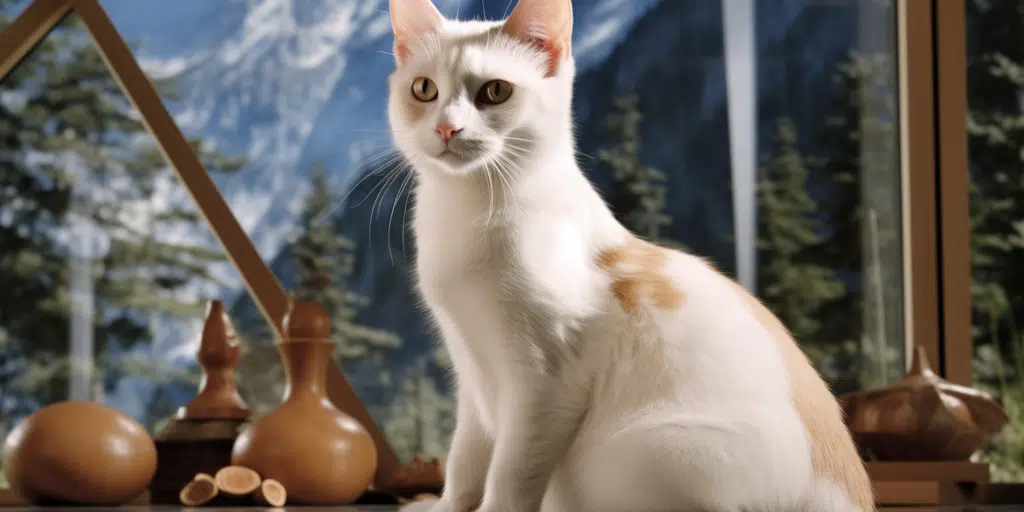When considering bringing a Japanese Bobtails into your home, you might wonder about the differences between males and females. In this blog, we will delve deep into the characteristics that distinguish male vs female Japanese Bobtails while providing substantial information for prospective owners.
Whether it be through temperament, size, or care requirements, understanding these differences can help you decide which gender may be the best fit for your family and lifestyle.
While some cat breeds show minimal differences between the sexes, Japanese Bobtails can exhibit unique traits depending on whether they are male or female. By comparing these attributes side-by-side, you’ll gain valuable insights to help inform your decision.
If you’re contemplating adding a Japanese Bobtail to your household, this detailed exploration of Male vs Female Japanese Bobtails will arm you with knowledge to ensure a harmonious match for years to come.

Visual Differences
| Male Japanese Bobtail | Female Japanese Bobtail | |
|---|---|---|
| Average height (adult): | 8 – 9 inches | 8 – 9 inches |
| Average weight (adult): | 8 – 10 pounds | 5 – 7 pounds |
| Lifespan: | 13 – 15 years | 15 – 18 years |
| Exercise: | Medium | Medium |
| Grooming needs: | Moderate | Moderate |
| Family-friendly: | Very Friendly | Very Friendly |
| Other pet-friendly: | Usually Friendly | Usually Friendly |
| Trainability: | High | High |
Male Japanese Bobtail Overview
Male Japanese Bobtails often come across as the more outgoing and boisterous of the two sexes. Known for their boldness and curiosity, male Bobtails usually take the lead when it comes to exploring new territories or initiating playtime.
This outgoing nature can make them excellent companions for lively households where their adventures and mischievous antics will be welcomed and appreciated. Additionally, male Bobtails often have a muscular build that reflects their tendencies to jump and engage in more robust play.
The size difference in Male vs Female Japanese Bobtails can also influence their interaction with family members and other pets. Males might be slightly more imposing due to their larger size, but they retain a gentle demeanor that Japanese Bobtails are cherished for. The sociability of male Bobtails makes them perfect candidates for homes where they would receive ample attention and engagement from their owners.
In terms of marking territory or behavior linked to dominance, male Japanese Bobtails, particularly if not neutered, may exhibit more of these behaviors than females. Neutering can reduce or eliminate such behaviors, making them more compatible with multi-pet households. Beyond that, their sociable and affectionate attitude ensures they remain integral parts of the family hierarchy without being too overbearing.

Training A Male
When it comes to training, male Japanese Bobtails are as receptive as females. Their intelligence and eagerness to please make them quick learners for various commands and tricks. Incorporating interactive toys and puzzle feeders will not only stimulate their intellect but also provide much-needed exercise for these energetic felines.
Consistent training coupled with positive reinforcement techniques such as treats or praises can effectively guide a male Bobtail’s behavior.
Male Japanese Bobtails especially enjoy games that cater to their natural hunting instincts. Training them to fetch or chase laser pointers simulates this and can keep them mentally agile. However, be mindful that males might have shorter attention spans during the hormone-driven periods before they are neutered, so patience is key during these times.
Health & Care
Relatively healthy by nature, male Japanese Bobtails require a regular health maintenance routine that includes vaccinations, dental care, and routine veterinary check-ups. A balanced diet is paramount for keeping males fit since their active lifestyle can predispose them to overeating if food is constantly available.
One particular concern with males is the risk of urinary tract issues, which can be mitigated by ensuring adequate water intake and monitoring their diet closely. Since males are generally larger, joint problems can also become an issue as they age. Therefore, maintaining an ideal weight through monitored feeding schedules is vital in preventing such conditions.

Suitable for:
Male Japanese Bobtails are suitable for almost any loving environment that can cater to their active needs—families with children or other pets included. Their confident personalities mean they usually adapt well to busy households. Furthermore, they thrive in environments where they have access to outdoor spaces for exploration or safe indoor perches with stimulating views. Singles or couples seeking a companionable and interactive pet will also find joy in the quirky and endearing nature of a male Japanese Bobtail.
Female Japanese Bobtail Overview
Female Japanese Bobtails tend to be a bit more reserved than males but still embody the breed’s characteristic affectionate and social nature. They are known for their gracefulness and may exhibit more caution in unfamiliar situations. Nonetheless, once settled into their environment, female Bobtails display plenty of enthusiasm towards play and bonding activities with their human companions.
While it’s true that females may be smaller in stature compared to males, this doesn’t prevent them from being equally as vivacious when it comes to playtime. They may approach new games or environments with a bit more thoughtfulness than their male counterparts but don’t mistake this for lack of curiosity or energy.
The nurturing tendencies of females might also show if there are kittens or even other young animals in the house; they often display motherly behaviors such as grooming and comforting. These gently assertive qualities can be especially endearing to families looking for a gentle yet playful addition to their home.

Training A Female
Female Japanese Bobtails are just as trainable as males; they may sometimes show even greater concentration during training sessions. They appreciate routine and may quickly pick up on house rules or tricks if taught consistently. Like males, females respond well to positive reinforcement, but patience is equally important since rushing a female Bobtail can lead to resistance or avoidance.
Creative enrichment activities benefit female Bobtails by keeping them engaged and active. Females might prefer agility exercises or interactive sessions that challenge both their physical dexterity and mental acuity. Ensuring variety in training is key to keeping female Bobtails interested and invested in the learning process.
Health & Care
Female Japanese Bobtails share many of the same health considerations as males. Nonetheless, specific female-related health issues include those associated with reproduction, such as pyometra (infection of the uterus) if they are not spayed. Of course, spaying helps prevent unwanted litters and can reduce the risk of other medical ailments like mammary cancer.
As with all cats, maintaining a preventative health care routine is crucial for female Bobtails. Regular wellness visits, vaccinations, parasite control, and a nutritious diet form the foundation of good health. Owners should be vigilant about any changes in behavior or well-being as females might be subtler in displaying discomfort or illness.

Suitable for:
A female Japanese Bobtail fits well into various environments thanks to her adaptable nature. They are equally suitable for families or individuals who provide sufficient interaction and mental stimulation.
Since females may sometimes favor serene environments, homes that can offer peaceful spots for lounging alongside areas for play would be ideal. Additionally, they can provide delightful companionship for seniors looking for an engaging yet not overly demanding pet.
Which One Is Right for You?
Choosing between a male or female Japanese Bobtail ultimately depends on individual preferences and living situations. Males might be better suited for those looking for a more assertive presence and don’t mind dealing with territorial behaviors before neutering. Conversely, females may be preferable for those seeking a slightly more independent but still engaged companion.
Consider your home environment, daily routine, and what sort of interaction you expect from your cat when making your decision between Male vs Female Japanese Bobtail. Both genders offer unique joys and challenges but share an innate ability to bring happiness and companionship into your life.

Conclusion
Whether you’re charmed by the affable nature of a male Japanese Bobtail or the graceful composure of a female, both sexes offer endless affection and characterful companionship inherent to the breed.
Remember that individual personality can vary greatly within any gender; spending time with both Male vs Female Japanese Bobtails before making your choice can provide invaluable insight into their unique temperaments and how they might integrate into your household dynamic.
These felines are recognized not just for their distinctive tails but also for their intelligent, social nature that makes them such cherished pets across the globe. Through understanding Male vs Female Japanese Bobtail differences in terms of physical traits, behavior patterns, health care needs, and suitable living situations, you’re one step closer to finding the perfect furry friend who’ll share your life’s adventures. No matter which gender you choose, welcoming a Japanese Bobtail into your family promises a bond filled with love, laughs, and lots of playful tail-wagging moments.